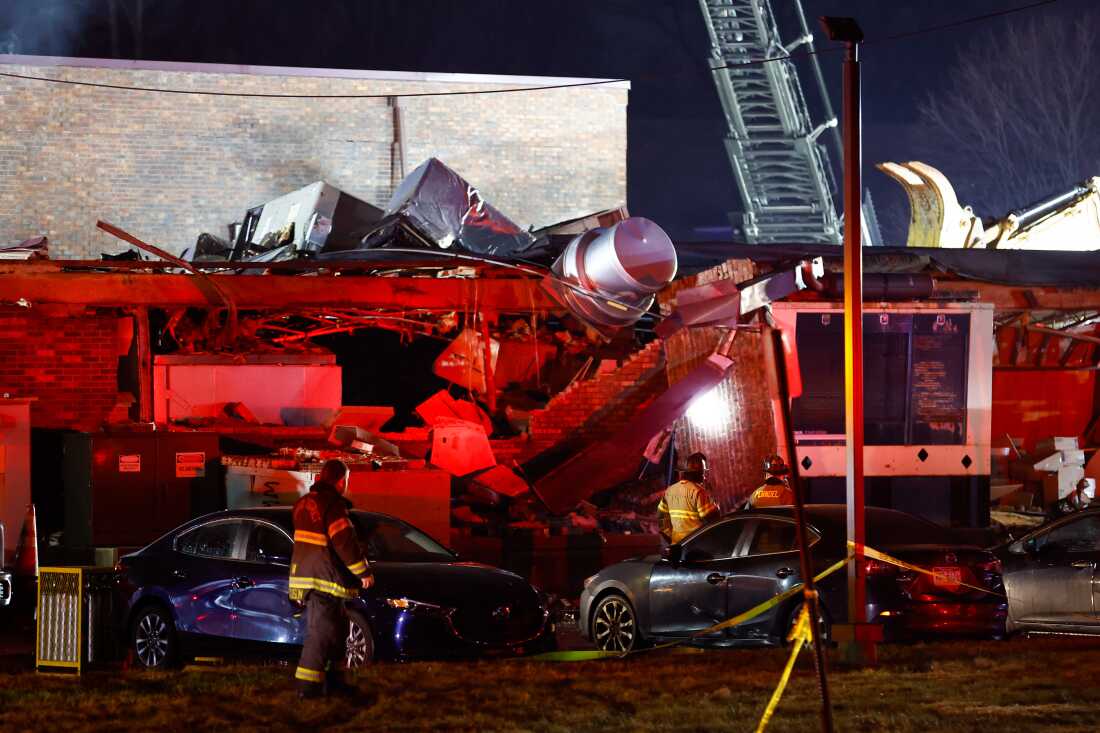When Bernhard Schlink’s home in Bielefeld was destroyed by Allied bombs during the second world war, a wagoner who helped his mother retrieve their furniture from the wreckage expressed an unconventional thought — that the Germans had only themselves to blame.
“We saw the synagogues burn, we know why our cities are burning now,” he told Schlink’s mother as they rode past bombed-out buildings.
“That deeply impressed her,” the writer says, “because very few people felt that at the time”.
Indeed, it took years — decades even — for Germans to assume any responsibility for the Holocaust. “In the 1950s they just saw themselves as victims, not perpetrators,” Schlink says.
Guilt — both individual and collective — has been an abiding theme in Schlink’s work. Author of The Reader, the only German book ever to top The New York Times bestseller list, he takes the darkest episodes of German history — colonialism in Africa; Nazi war crimes; the Baader-Meinhof terror of the 1970s — and weaves them into compelling stories that have made him one of Germany’s most celebrated and popular writers.
An English translation of his 2021 novel The Granddaughter will appear in the UK later this month and early next year in the US. It is a complex, poignant narrative that plays out in communist East Berlin in the 1960s and the neo-Nazi scene of the present day. Le Figaro called it “the great novel of German reunification”.
Schlink’s literary success is all the more surprising, considering that he started off in an altogether different profession. For decades he was a distinguished law professor and judge, specialising in constitutional law and teaching at some of Germany’s most prestigious universities.
“But I felt like something was missing in my life,” he says. He had written “bad poetry” and “little stories and plays” as a young man, and then, in the late 1980s, decided to “return to writing”. With a colleague, Walter Popp, he concocted a detective novel, Self’s Justice; then in 1995 came The Reader and the rest is history.
We meet at an outdoor café near his home in the hexagon-shaped Viktoria-Luise-Platz, one of Berlin’s most exquisite spots. With a huge fountain gurgling in the background, I ask Schlink, a sprightly 80-year-old with a disarming smile, how he chooses his subjects. “It’s not like I’m interested in something and then think up a story about it,” he says. “I have the feeling that the stories come to me.”
While he has published 11 novels and three collections of short stories, none of his books has done as well as The Reader, which was translated into 45 languages and turned into a Hollywood film starring Kate Winslet. It tells the story of a 15-year-old boy, Michael Berg, who discovers that the love of his life — an illiterate tram conductor called Hanna Schmitz, who is 21 years his senior — was a camp guard in Auschwitz.
The Reader captures the anguish of a whole swath of young Germans gradually discovering the terrible things their parents did during the war. It is not, Schlink insists, a Holocaust novel. “It’s more about my generation’s relationship to the Third Reich than about the Third Reich itself,” he says.
The book didn’t go down well in Germany, at least not at first. “People said my depiction of Hanna Schmitz was too human,” he says. But that, he insists, missed the point.
“Our parents or uncles or teachers who committed monstrous acts weren’t monsters — they were wonderful teachers, loving parents and exemplary doctors,” he says. That was, in a way, one of the hardest aspects of Germany’s Vergangenheitsbewältigung or “coming to terms with the past”. “Of my generation there were a few who utterly, radically, broke with their parents, but most kept loving them . . . and became enmeshed in their guilt.”
The Granddaughter also touches on recent historical trauma. It centres on the figure of Kaspar, a West German who goes to study in Berlin in the 1960s and falls in love with an East German woman. The secrets of her early years, buried deep and concealed from Kaspar, end up poisoning her life.
Like Kaspar, Schlink also attended university in West Berlin, which at the time was a tiny island of freedom in the middle of the communist GDR. He had long been drawn to the east: “As the son of a Protestant pastor, I grew up with Luther and Bach . . . I was always interested in Prussian history and I felt the east was just as much my Germany as the Catholic Rhineland or the Bavarian south,” he says. “And I just wanted to get to know it.”
Like Kaspar, he took part in the “Whitsun Meeting of Youth”, a 1964 communist-organised festival in East Berlin when The Beatles were played publicly for the first time and young people from the socialist east and the capitalist west argued passionately about politics and danced together in the streets.
And like the hero of The Granddaughter, Schlink also fell in love with an East German woman and helped her escape to the west. It was an intervention that caused frictions with his parents. “They felt I couldn’t take responsibility for ripping a young person out of her world, away from her mother and two sisters,” he says. “But Margit, my girlfriend, never regretted it.”
Schlink uses his novel to explore the strange, disturbing world of Germany’s far right. His vehicle is Kaspar’s teenage granddaughter Sigrun, who has grown up in an extremist “liberated zone” in rural eastern Germany, denies the Holocaust and admires Nazi war criminals. Kaspar’s failed attempts to get through to her, delivered in Schlink’s spare, dispassionate style, are the most unsettling parts of the novel.
The author knows East Germany better than most of his contemporaries. He was the first West German professor to be invited to teach at East Berlin’s Humboldt University in 1990, just after the Wall fell, and also advised a roundtable of democracy activists who were trying to come up with a new constitution for East Germany.
He witnessed the euphoria after the end of communism, but also the disappointments. “There was lots of injustice,” Schlink says. “In the military, in the civil service, in government, and in business, an entire elite was forced to go and was replaced by elites from the west.”
In addition, the “more earnest” easterners also grew disillusioned with the “hedonism and unseriousness” of the west. “They had this idea of democracy that came from a picture book, where politicians are responsible, care about their voters’ concerns and deal with them,” he says. “They were good democrats — almost too good. And then came disappointment with the ‘system’, and the ‘systemic parties’. And then the flight into protest.”
He is speaking just days after elections in the eastern states of Thuringia and Saxony, where the far-right Alternative for Germany (AfD) has made spectacular gains, an outcome that prompted pained editorials about the growing divide between east and west, 34 years after reunification.
Schlink is unsurprised that such an unapologetically ethno-nationalist party should do so well in the former communist east. “In West Germany people wanted to be Europeans and Atlanticists first,” he says. “In the GDR people were always much less self-conscious about being German.”
It is one of many moments when the turbulence of Germany’s history comes to dominate the conversation. Schlink recalls childhood holidays spent with his Swiss grandfather, a history nut: “With his walking stick he could draw battle plans from Sempach to Waterloo on the forest floor,” he says.
From then on, “I always felt that German history is my history,” he says. “I am German and it’s part of me. And I realise more and more how much I am shaped by it.”
The Granddaughter by Bernhard Schlink, translated by Charlotte Collins Weidenfeld & Nicolson £20/HarperCollins $28.99, 336 pages
Guy Chazan is the FT’s Berlin bureau chief
Join our online book group on Facebook at FT Books Café and subscribe to our podcast Life & Art wherever you listen











































